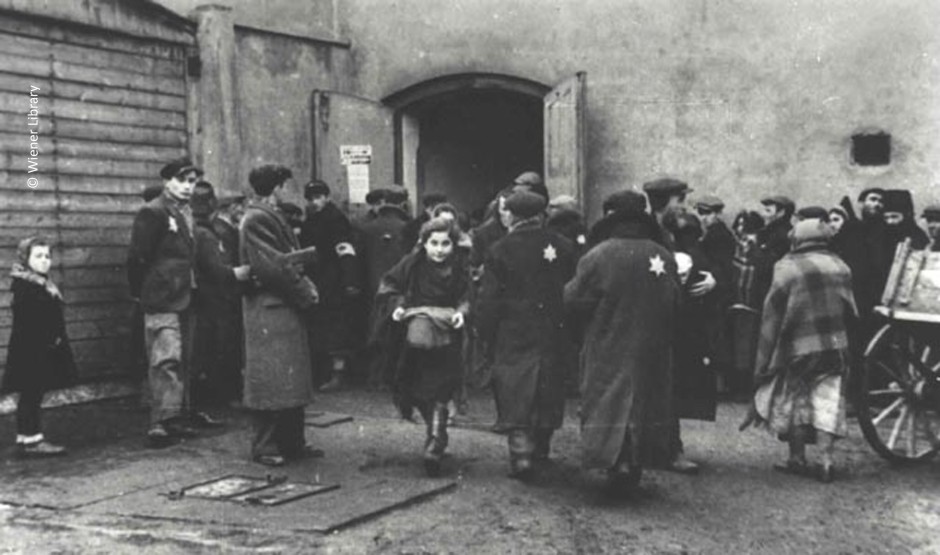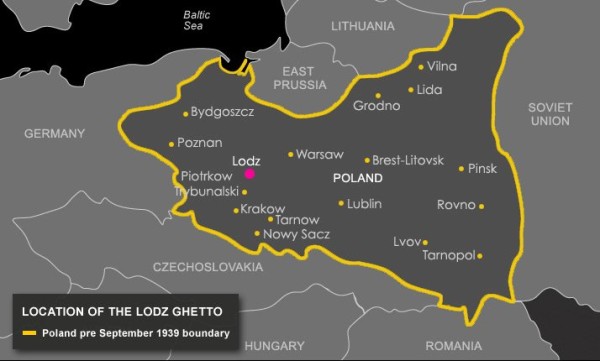It’s a grimy district of four square kilometres in the center of Lodz, a city in central Poland, and it’s tremendously important in the annals of the Holocaust.
Filled with a profusion of crumbling prewar tenements, the former Nazi ghetto area is synonymous with the Shoah in Poland. Since a revolt did not break out here, as was the case in the Warsaw Ghetto in 1943, most of its original buildings still stand.
Seventy years ago this month, the Lodz ghetto, the final one left in German-occupied Poland, was liquidated by the Nazis, dooming its last remaining Jewish inhabitants, who were summarily transported to death camps.
This doleful anniversary was commemorated in a series of cultural, historical, religious and musical programs by Lodz this weekend.
Although the former ghetto site seems neglected, the municipality has marked it with commemorative plaques in memory of the victims.
I have a special personal interest in this Nazi ghetto, since my parents, David and Genya, were imprisoned in it from 1940 to 1944.
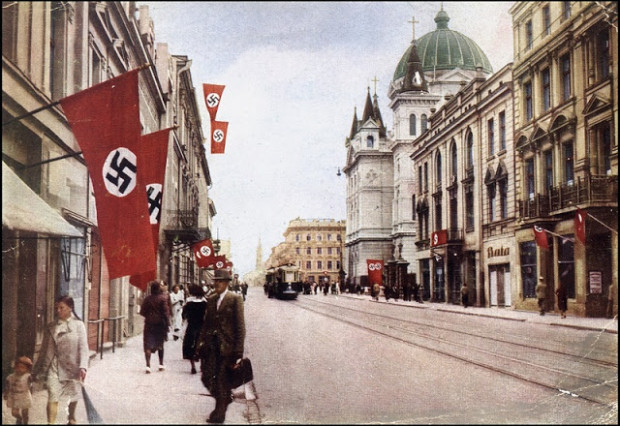
The Jews of Lodz were actually doomed from the moment Germany invaded Poland on Sept. 1, 1939. When the German army marched into Lodz a few days later, about one-third of its population of 670,000 was Jewish. Lodz and its hinterland were annexed by Germany, and the city was renamed Litzmannstadt in honor of Karl Litzmann, a German general who had conquered Lodz in World War I.
The German authorities proceeded to marginalize and terrorize Jews, plunder their shops and homes and burn their synagogues, including the Great Synagogue, the first Reform shul in Lodz.
These indignities were merely a foretaste of things to come. In February 1940, the Germans took the first steps to enclose Jews in a ghetto in the Baluty district, with its 2,300 buildings. Apart from Jews, the ghetto was also populated by 5,000 Roma from Austria and Hungary, and a smaller group of Catholic youth, the children of Polish dissidents.
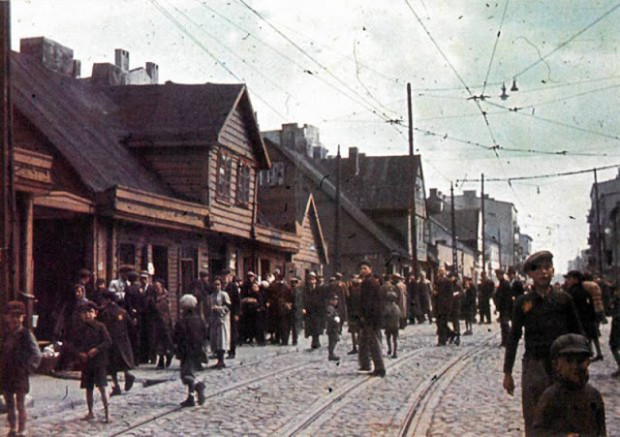
Fearing the worst from the Germans, 60,000 Jews in Lodz fled to the Soviet Union before and just after the Nazi invasion, leaving 160,000 Jews at the mercy of Germany.
The ghetto was essentially a huge work camp, producing goods for Germany at more than 100 workshops, known in German as Ressorts. The autocratic head of the Jewish Council, or Judenrat, Chaim Rumkowski, was convinced that productivity would ensure the ghetto’s survival.
From the outset, conditions were abysmal. Since the daily food ration was eventually reduced from1,800 calories to 600 calories, hunger was rampant, as were infectious diseases. Thousands of Jews died. They were buried in the Bracka Street cemetery, Europe’s largest Jewish cemetery.
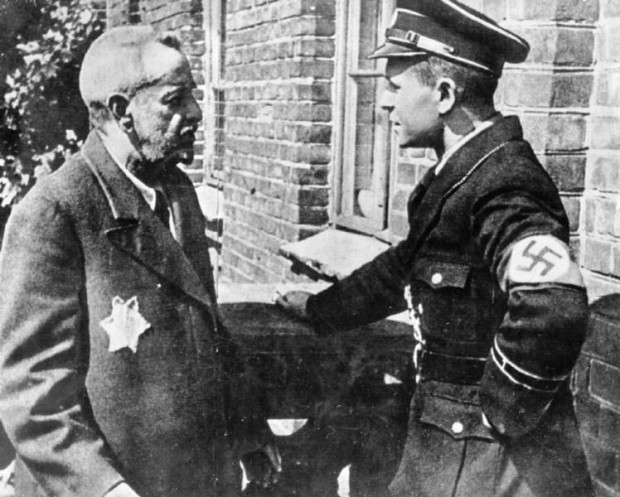
As if the ghetto was not already congested, the Nazis crammed still more Jews into it. Forty thousand Jews from the surrounding areas, as well as Jews from Germany, Austria, Czechoslovakia and Luxembourg, were “resettled” in Lodz.
The first deportations, in December 1941, left from the Radegast Street railway station. Further deportations followed. The deportees were sent to the Chelmno concentration camp. In September 1942, the Nazis ordered Rumkowski to hand over an additional 15,000 Jews. Rumkowski decreed they would be children under the age of 10 and adults over 65.
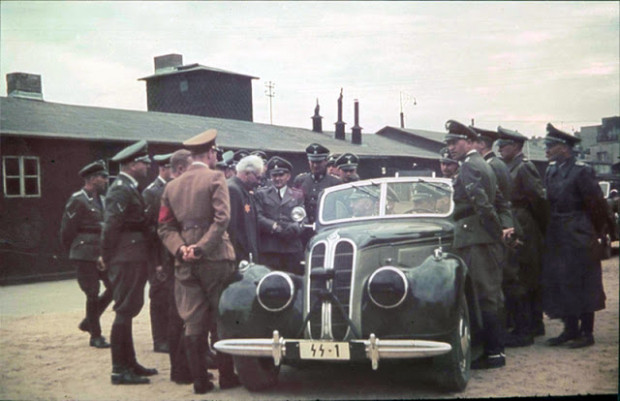
Deportations ceased temporarily after 1942, leaving about 70,000 Jews in the ghetto.
In the summer of 1944, after an internal debate, the Nazis made the fateful decision to liquidate the ghetto. German officials who had argued that the ghetto was a source of cheap labor and should be preserved were outvoted by Nazi ideologues intent on exterminating Polish Jewry.
Seven thousand ghetto inhabitants were deported to Chelmno in June and July. In August, the remainder of the Jews, including Rumkowski and his family, were transported to Auschwitz. The last transport pulled out of Lodz on Aug. 29. My parents were among the deportees consigned to Auschwitz.
The Nazis spared 800 Jews, whose task was to “clean” up the ghetto. They would then be shot. Before their scheduled murder, they were forced by the Nazis to dig shallow rectangular pits into which their corpses would be dumped. The Nazi plan was thwarted by a Red Army advance on Lodz, sending the Germans into retreat.
Of the estimated 200,000 Jews who passed through the ghetto, 10,000, or about five per cent, were still alive when the war ended.
A visitor who walks through the former ghetto today will find that more than 80 per cent of its buildings still exist.
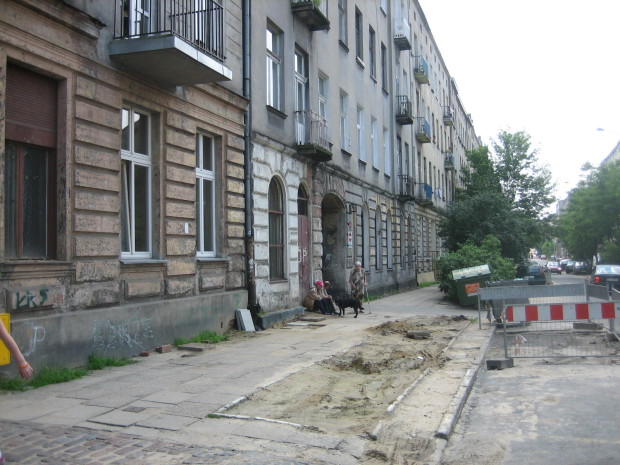
The barracks at Balucki Market Square that served as Rumkowski’s headquarters still stand, as does the Gestapo building at 1 Limanowskiego St.
The ghetto’s fire department, for which my father toiled and owed his survival, was located in a densely packed row of apartment buildings at 13 Lutomierska St. The four-storey building at 37 Pomorska St., in which my mother lived, has been converted into a bank, and is close to today’s Jewish community center.
The parish building of St. Mary’s Assumption Church, known as the Red House, housed the German criminal police. The building at 3 Krawiecka St., a venue of concerts, was where Rumkowski delivered some of his speeches. The soup kitchen was at 32 Mlynarska St. The site of the Great Synagogue, destroyed by Nazi arsonists on Nov. 14, 1939, is now a parking lot.
The building at 13 Franciszkanska St., a school until October 1941, was converted into a garment factory. The Jewish criminal police was headquartered at 1 Lutomierska St. A soup kitchen was found at 1 Lagiewnicka St. An orphanage was at 119 Okopowa St. A home for seniors was at 1/3 Organizacji Win.
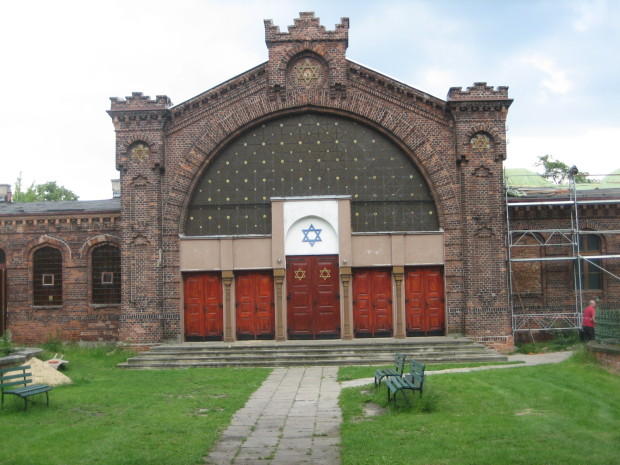
The remains of 43,527 Jews who died in the ghetto were interred in the 40-hectare Jewish cemetery, which opened in the late 19th century and now contains about 180,000 headstones.
Rumkowski’s ex-wife is buried here, as are the parents of the pianist Arthur Rubinstein, the poet Julian Tuwim and the illustrator Artur Szyk. Izrael Poznanski, the legendary textile magnate who died in 1900, rests here, too, in a grand mausoleum.
The grounds and the gravestones are cared for by the Monumentum Judaicum Lodzense Foundation, which was established in 1997 by the city of Lodz, the Organization of Former Residents of Lodz in Israel and the Jewish Restitution Organization.
Regrettably, the cemetery is largely overgrown. Many of its headstones lean sideways and moulder away in a state of neglect.
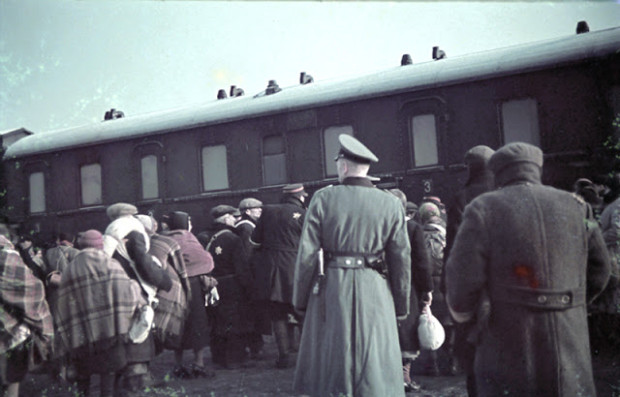
The Radegast railway freight station, from which tens of thousands of Jews were deported, has been transformed into a stark memorial consisting of the original building and two cattle cars sitting on a siding.
It leaves a chilling impact, to say the least.
This piece appeared in The National Post on Aug. 30, 2014.
